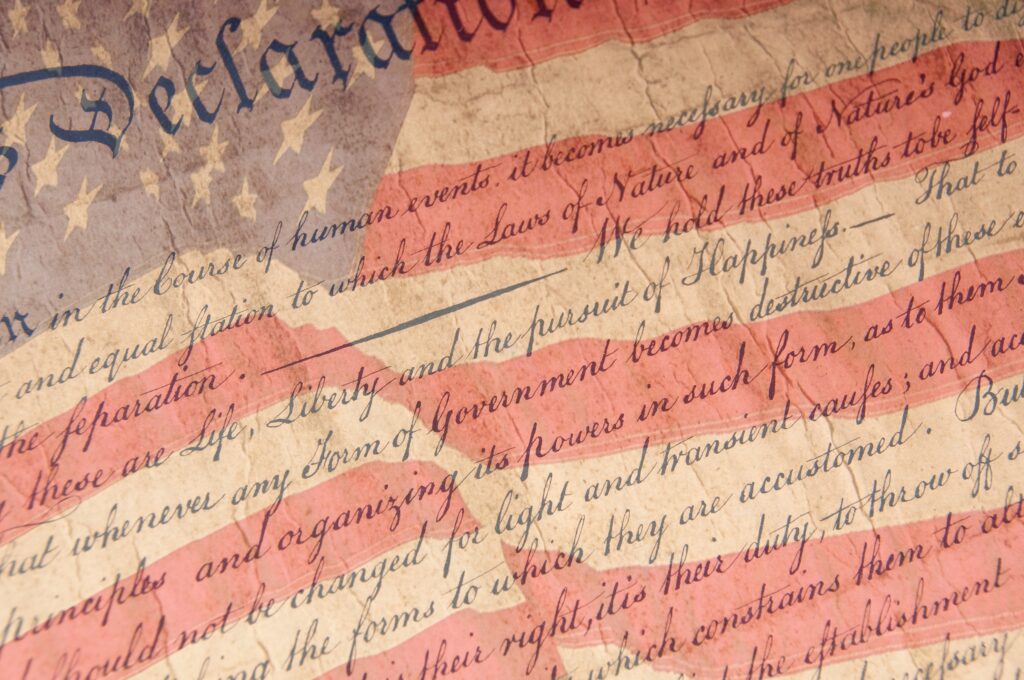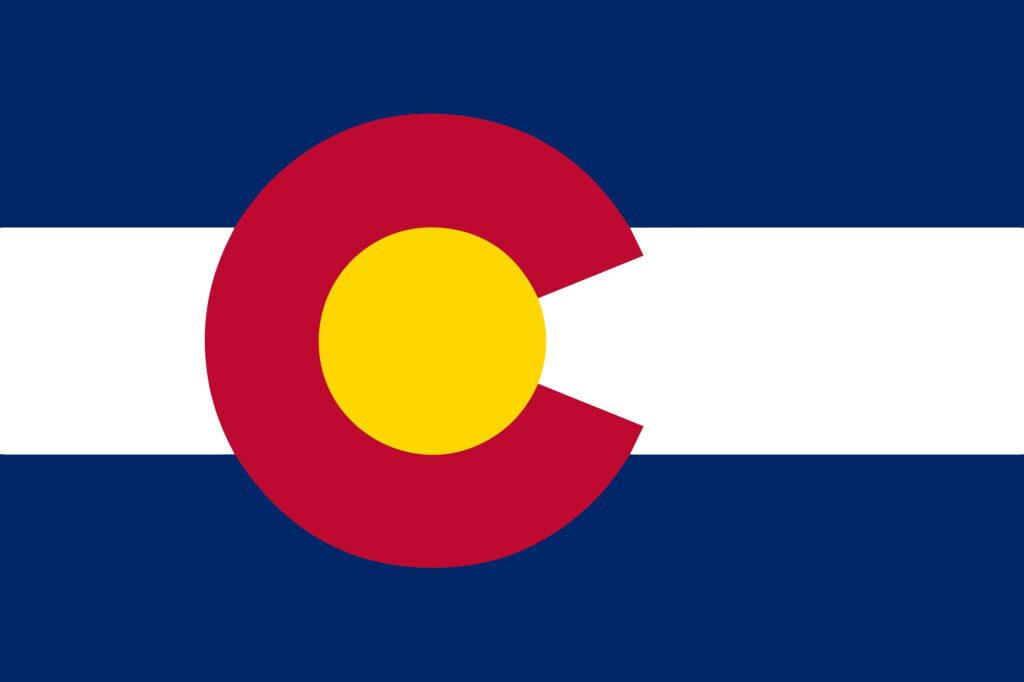The Case for Over the Counter Birth Control on Guam
The people of Guam are no strangers to deadly viruses. Throughout the years, Guam has experienced its fair share of hardship thanks to the SARS and H1N1 viruses. But unlike these past outbreaks, the novel coronavirus has proven its ability to overwhelm medical systems thanks to the sheer number of people infected.
Guam itself is projected to need up to 6,000 hospital beds in response to the virus. Making matters worse, the CDC has urged Americans to stay away from sick people and also steer clear of large crowds. But patients could end up violating both of these recommendations if they must go to a doctor’s office for something as simple as a prescription.
However, there is a simple way to help alleviate the strain on our medical systems –– by reducing the number of unnecessary doctor’s visits. One way to accomplish this is to adopt the pharmacy access model for birth control prescriptions, which would give pharmacists the power to prescribe birth control directly to qualifying patients.
Currently, if women want to obtain hormonal birth control, they must schedule a doctor’s appointment where they self-report their medical history, submit to a blood pressure check, and discuss their contraceptive preferences with the physician. Then, more often than not, patients can receive a prescription, which a pharmacist subsequently fills. All of these steps create unnecessary barriers to birth control, burden overworked doctors, and harm women.
Aside from making women jump through hoops to get their birth control prescription, right now in Guam, there are only 86 doctors to service a population of roughly 180,000. Though data is sparse, doctors tend to be in more populous areas like the central and northern parts of the island. Women that live in rural areas, specifically in the southern villages, have to travel much longer distances for doctor appointments.
However, if Guam Senators passed legislation allowing the pharmacy access paradigm, it would go a long way in reducing doctors’ workloads. Pharmacists –– who are already eminently qualified –– would be able to conduct the same consultation as doctors for birth control prescriptions. In the middle of a pandemic, such a model would be a huge relief to doctors, but it would also help address the high number of unplanned pregnancies on the island and provide expanded access to birth control for those in rural areas.
Guam has long struggled with unintended pregnancies. In 2014, the island was twice the national average when it came to girls ages 15 to 19 giving birth. And in 2016, a CDC study found that 70 percent of women ages 18 to 49 on Guam were at risk for an unintended pregnancy. This has been an issue for generations, and with abortions up 10 percent in 2017, allowing pharmacists to prescribe birth control could be the solution we’ve been looking for these past years.
Guam wouldn’t be alone in making this change. Already, pharmacists across 11 states and the District of Columbia have given pharmacists birth control prescribing authority.
By allowing pharmacists to prescribe birth control directly to patients, Guam can alleviate the strain on doctors, help lower the frequency of unintended pregnancies, and safely expand access to more people –– especially those living in hard to reach places on the island.
The people of Guam along with the rest of the country are in the same fight –– a fight against an invisible and life-threatening enemy. Fortunately, we will win this fight thanks to our heroic and capable medical professionals. However, they must be freed up to take full advantage of their capabilities. Guam’s elected leaders can do their part by giving pharmacists more prescriptive authority so they too can contribute to this fight.
Image credit: areeya_ann








